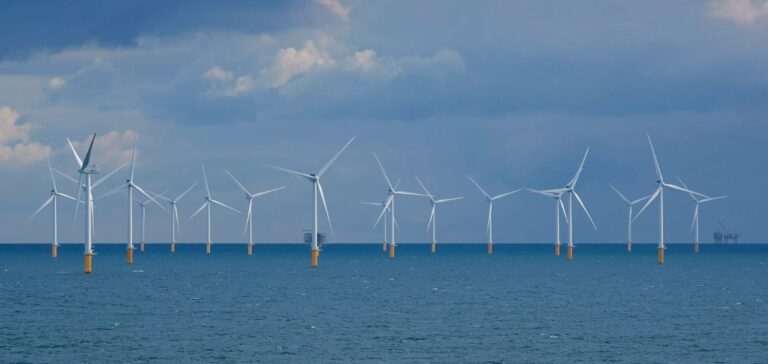Equinor, in a press conference, gives an update on its offshore wind portfolio in the North Sea. This follows the announcement of the commissioning of the first offshore wind farm, designed to power oil and gas platforms.
Equinor expands in the North Sea
Equinor underlines the importance of its location in the North Sea. This allows it to play an important role in the energy transition and European energy security. Moreover, it is a region that reflects this transition. It is shifting from gas and oil production to the major use of renewable energy sources.
In addition, Pål Eitrheim, Executive Vice President for Renewable Energy at Equinor, emphasizes the strategic position of the North Sea. In fact, it is uniquely positioned to help Europe achieve its goals of reliable, affordable and sustainable supply.
Trine Borum Bojsen, Vice President for North Sea Renewables at Equinor, asserts the company’s position on North Sea operations:
“The North Sea is the cornerstone of Equinor’s offshore wind business and will be a hub for power generation in Europe for many years to come.”
The company wants to seize the opportunities offered by the installation of offshore wind infrastructure in the North Sea. Thus, it is developing its presence in this region through a multitude of projects. In fact, the company’s offshore wind portfolio is growing.
In addition, the expanded capacity provided by the projects will allow for a focus on local economic value creation. This is in addition to the creation of jobs for the communities hosting the wind turbine projects.
Large-scale projects
Currently, Equinor is engaged in the construction ofHywind Tampen, the world’s largest floating wind farm. It will be able to supply electricity to oil and gas platforms. The crucial step of positioning the submarine cables and connecting them has already been completed. The first seven turbines in the park will go into service this year and the last four will be installed next spring.
The company is also counting on the contribution of Dogger Bank, another offshore wind project. Foundations were installed in July 2022 and commissioning is scheduled for 2023. As far as its commissioning is concerned, it will be effective from 2024 for Dogger Bank A, 2025 for Dogger Bank B and 2026 for Dogger Bank C.






















